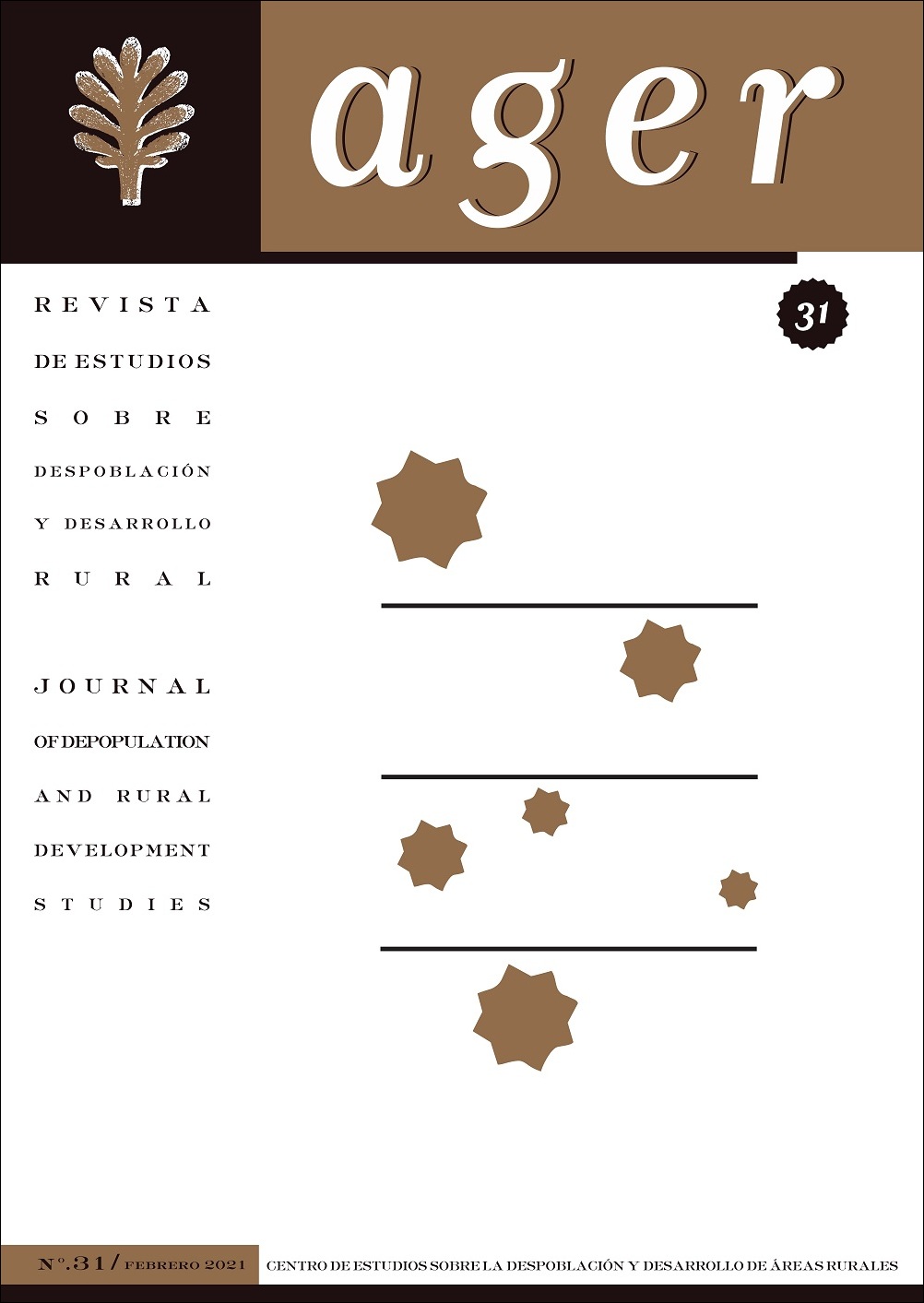Identificación de factores que influyen en el proceso de adopción y difusión de tres innovaciones tecnológicas en el sector silvícola chileno
Abstract
The success of the Chilean forest sector has been supported by adequate government policies and an efficient productive system. Large companies lead the technological development processes and, mainly, the adoption of innovations, making the new technologies incorporated into their production processes profitable. Genetic Improvement, the incorporation of Geographic Information Systems, and the implementation of Environmental Management Systems are pointed out by the respondents as the main technological innovations in the sector, especially the forestry subsector. These innovations present a clear process of adoption and diffusion from large forest companies to medium and small owners, in a diffusion flow that is becoming increasingly slow towards the periphery. While the former exhibit an innovative behavior based on the adoption of technologies, the latter two have a rather follower character. This study provides a qualitative–descriptive background on the factors that favor or hinder the processes of adoption and diffusion of technologies identified from developers or early adopters to individual non-corporate peripheral users. Human capital and its level of professionalization, unawareness of technologies, and the non-existence of a pro-innovation culture, especially concerning the most peripheral stakeholders, turn out to be relevant factors for the technological decisions of the adopting units. These and other factors were systematized from the perspective of the market, forest company as an organization, forest nurseries, professionals and contractors, and foresters. The strategy, type of organization and human capital available, level and depth of the networks, and links with entities eliciting knowledge and technology, all seem to constitute cross-cutting factors and key enablers in the process of adoption and diffusion of technological innovations in the sector. The achievements of this study are considered relevant and a contribution to the scientific literature, which has not sufficiently covered this research field, especially regarding the Chilean forest sector.
Published
Issue
Section
License
Authors who publish in this journal agree to the following terms:
a. Authors retain their copyright and grant the journal the right of first publication of their work, which will be simultaneously subject to the Creative Commons Attribution Licence, which allows third parties to share the work provided that the author and the journal's first publication are acknowledged.
b. Authors may enter into other non-exclusive licensing agreements for the distribution of the published version of the work (e.g., depositing it in an institutional repository or publishing it in a monographic volume) provided that the initial publication in this journal is acknowledged.
c. Authors are permitted and encouraged to disseminate their work via the Internet (e.g. in institutional digital archives or on their website), which may lead to interesting exchanges and increase citations of the published work. (See The effect of open access).

